PNC Bank 2012 Annual Report Download - page 134
Download and view the complete annual report
Please find page 134 of the 2012 PNC Bank annual report below. You can navigate through the pages in the report by either clicking on the pages listed below, or by using the keyword search tool below to find specific information within the annual report.-
 1
1 -
 2
2 -
 3
3 -
 4
4 -
 5
5 -
 6
6 -
 7
7 -
 8
8 -
 9
9 -
 10
10 -
 11
11 -
 12
12 -
 13
13 -
 14
14 -
 15
15 -
 16
16 -
 17
17 -
 18
18 -
 19
19 -
 20
20 -
 21
21 -
 22
22 -
 23
23 -
 24
24 -
 25
25 -
 26
26 -
 27
27 -
 28
28 -
 29
29 -
 30
30 -
 31
31 -
 32
32 -
 33
33 -
 34
34 -
 35
35 -
 36
36 -
 37
37 -
 38
38 -
 39
39 -
 40
40 -
 41
41 -
 42
42 -
 43
43 -
 44
44 -
 45
45 -
 46
46 -
 47
47 -
 48
48 -
 49
49 -
 50
50 -
 51
51 -
 52
52 -
 53
53 -
 54
54 -
 55
55 -
 56
56 -
 57
57 -
 58
58 -
 59
59 -
 60
60 -
 61
61 -
 62
62 -
 63
63 -
 64
64 -
 65
65 -
 66
66 -
 67
67 -
 68
68 -
 69
69 -
 70
70 -
 71
71 -
 72
72 -
 73
73 -
 74
74 -
 75
75 -
 76
76 -
 77
77 -
 78
78 -
 79
79 -
 80
80 -
 81
81 -
 82
82 -
 83
83 -
 84
84 -
 85
85 -
 86
86 -
 87
87 -
 88
88 -
 89
89 -
 90
90 -
 91
91 -
 92
92 -
 93
93 -
 94
94 -
 95
95 -
 96
96 -
 97
97 -
 98
98 -
 99
99 -
 100
100 -
 101
101 -
 102
102 -
 103
103 -
 104
104 -
 105
105 -
 106
106 -
 107
107 -
 108
108 -
 109
109 -
 110
110 -
 111
111 -
 112
112 -
 113
113 -
 114
114 -
 115
115 -
 116
116 -
 117
117 -
 118
118 -
 119
119 -
 120
120 -
 121
121 -
 122
122 -
 123
123 -
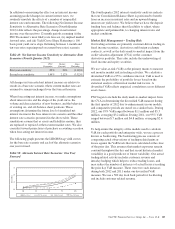 124
124 -
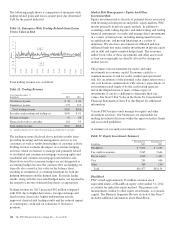 125
125 -
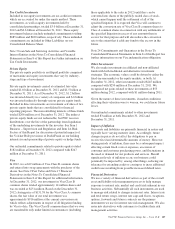 126
126 -
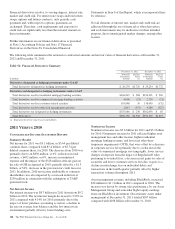 127
127 -
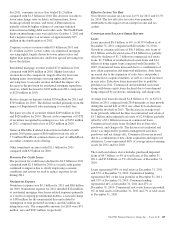 128
128 -
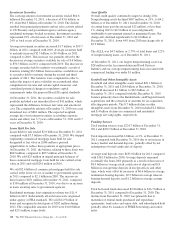 129
129 -
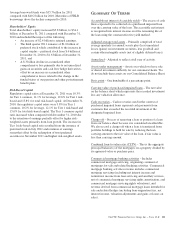 130
130 -
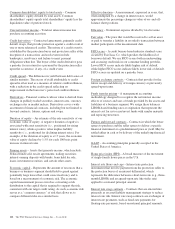 131
131 -
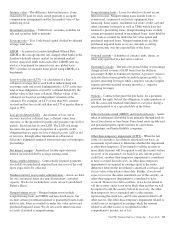 132
132 -
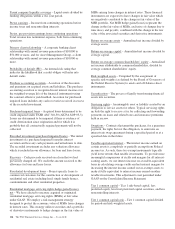 133
133 -
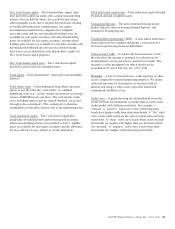 134
134 -
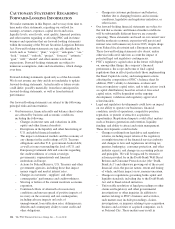 135
135 -
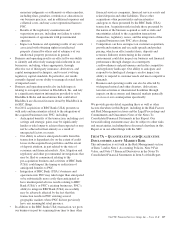 136
136 -
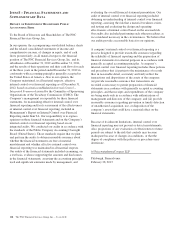 137
137 -
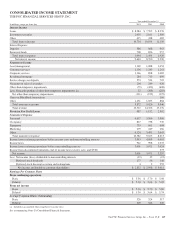 138
138 -
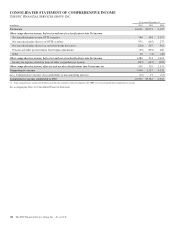 139
139 -
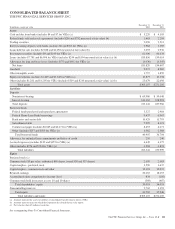 140
140 -
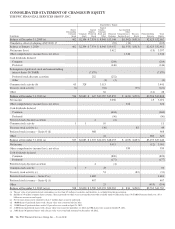 141
141 -
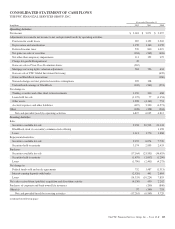 142
142 -
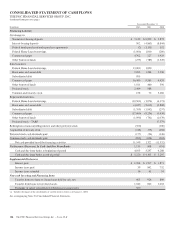 143
143 -
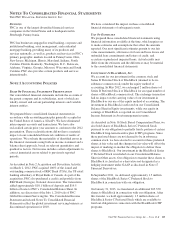 144
144 -
 145
145 -
 146
146 -
 147
147 -
 148
148 -
 149
149 -
 150
150 -
 151
151 -
 152
152 -
 153
153 -
 154
154 -
 155
155 -
 156
156 -
 157
157 -
 158
158 -
 159
159 -
 160
160 -
 161
161 -
 162
162 -
 163
163 -
 164
164 -
 165
165 -
 166
166 -
 167
167 -
 168
168 -
 169
169 -
 170
170 -
 171
171 -
 172
172 -
 173
173 -
 174
174 -
 175
175 -
 176
176 -
 177
177 -
 178
178 -
 179
179 -
 180
180 -
 181
181 -
 182
182 -
 183
183 -
 184
184 -
 185
185 -
 186
186 -
 187
187 -
 188
188 -
 189
189 -
 190
190 -
 191
191 -
 192
192 -
 193
193 -
 194
194 -
 195
195 -
 196
196 -
 197
197 -
 198
198 -
 199
199 -
 200
200 -
 201
201 -
 202
202 -
 203
203 -
 204
204 -
 205
205 -
 206
206 -
 207
207 -
 208
208 -
 209
209 -
 210
210 -
 211
211 -
 212
212 -
 213
213 -
 214
214 -
 215
215 -
 216
216 -
 217
217 -
 218
218 -
 219
219 -
 220
220 -
 221
221 -
 222
222 -
 223
223 -
 224
224 -
 225
225 -
 226
226 -
 227
227 -
 228
228 -
 229
229 -
 230
230 -
 231
231 -
 232
232 -
 233
233 -
 234
234 -
 235
235 -
 236
236 -
 237
237 -
 238
238 -
 239
239 -
 240
240 -
 241
241 -
 242
242 -
 243
243 -
 244
244 -
 245
245 -
 246
246 -
 247
247 -
 248
248 -
 249
249 -
 250
250 -
 251
251 -
 252
252 -
 253
253 -
 254
254 -
 255
255 -
 256
256 -
 257
257 -
 258
258 -
 259
259 -
 260
260 -
 261
261 -
 262
262 -
 263
263 -
 264
264 -
 265
265 -
 266
266 -
 267
267 -
 268
268 -
 269
269 -
 270
270 -
 271
271 -
 272
272 -
 273
273 -
 274
274 -
 275
275 -
 276
276 -
 277
277 -
 278
278 -
 279
279 -
 280
280
 |
 |

Tier 1 risk-based capital – Total shareholders’ equity, plus
trust preferred capital securities, plus certain noncontrolling
interests that are held by others; less goodwill and certain
other intangible assets (net of eligible deferred taxes relating
to taxable and nontaxable combinations), less equity
investments in nonfinancial companies less ineligible
servicing assets and less net unrealized holding losses on
available for sale equity securities. Net unrealized holding
gains on available for sale equity securities, net unrealized
holding gains (losses) on available for sale debt securities and
net unrealized holding gains (losses) on cash flow hedge
derivatives are excluded from total shareholders’ equity for
Tier 1 risk-based capital purposes.
Tier 1 risk-based capital ratio – Tier 1 risk-based capital
divided by period-end risk-weighted assets.
Total equity – Total shareholders’ equity plus noncontrolling
interests.
Total return swap – A non-traditional swap where one party
agrees to pay the other the “total return” of a defined
underlying asset (e.g., a loan), usually in return for receiving a
stream of LIBOR-based cash flows. The total returns of the
asset, including interest and any default shortfall, are passed
through to the counterparty. The counterparty is therefore
assuming the credit and economic risk of the underlying asset.
Total risk-based capital – Tier 1 risk-based capital plus
qualifying subordinated debt and trust preferred securities,
other noncontrolling interest not qualified as Tier 1, eligible
gains on available for sale equity securities and the allowance
for loan and lease losses, subject to certain limitations.
Total risk-based capital ratio – Total risk-based capital divided
by period-end risk-weighted assets.
Transaction deposits – The sum of interest-bearing money
market deposits, interest-bearing demand deposits, and
noninterest-bearing deposits.
Troubled debt restructuring (TDR) – A loan whose terms have
been restructured in a manner that grants a concession to a
borrower experiencing financial difficulties.
Value-at-risk (VaR) – A statistically-based measure of risk
that describes the amount of potential loss which may be
incurred due to severe and adverse market movements. The
measure is of the maximum loss which should not be
exceeded on 95 out of 100 days for a 95% VaR.
Watchlist – A list of criticized loans, credit exposure or other
assets compiled for internal monitoring purposes. We define
criticized exposure for this purpose as exposure with an
internal risk rating of other assets especially mentioned,
substandard, doubtful or loss.
Yield curve – A graph showing the relationship between the
yields on financial instruments or market indices of the same
credit quality with different maturities. For example, a
“normal” or “positive” yield curve exists when long-term
bonds have higher yields than short-term bonds. A “flat” yield
curve exists when yields are the same for short-term and long-
term bonds. A “steep” yield curve exists when yields on long-
term bonds are significantly higher than on short-term bonds.
An “inverted” or “negative” yield curve exists when short-
term bonds have higher yields than long-term bonds.
The PNC Financial Services Group, Inc. – Form 10-K 115
